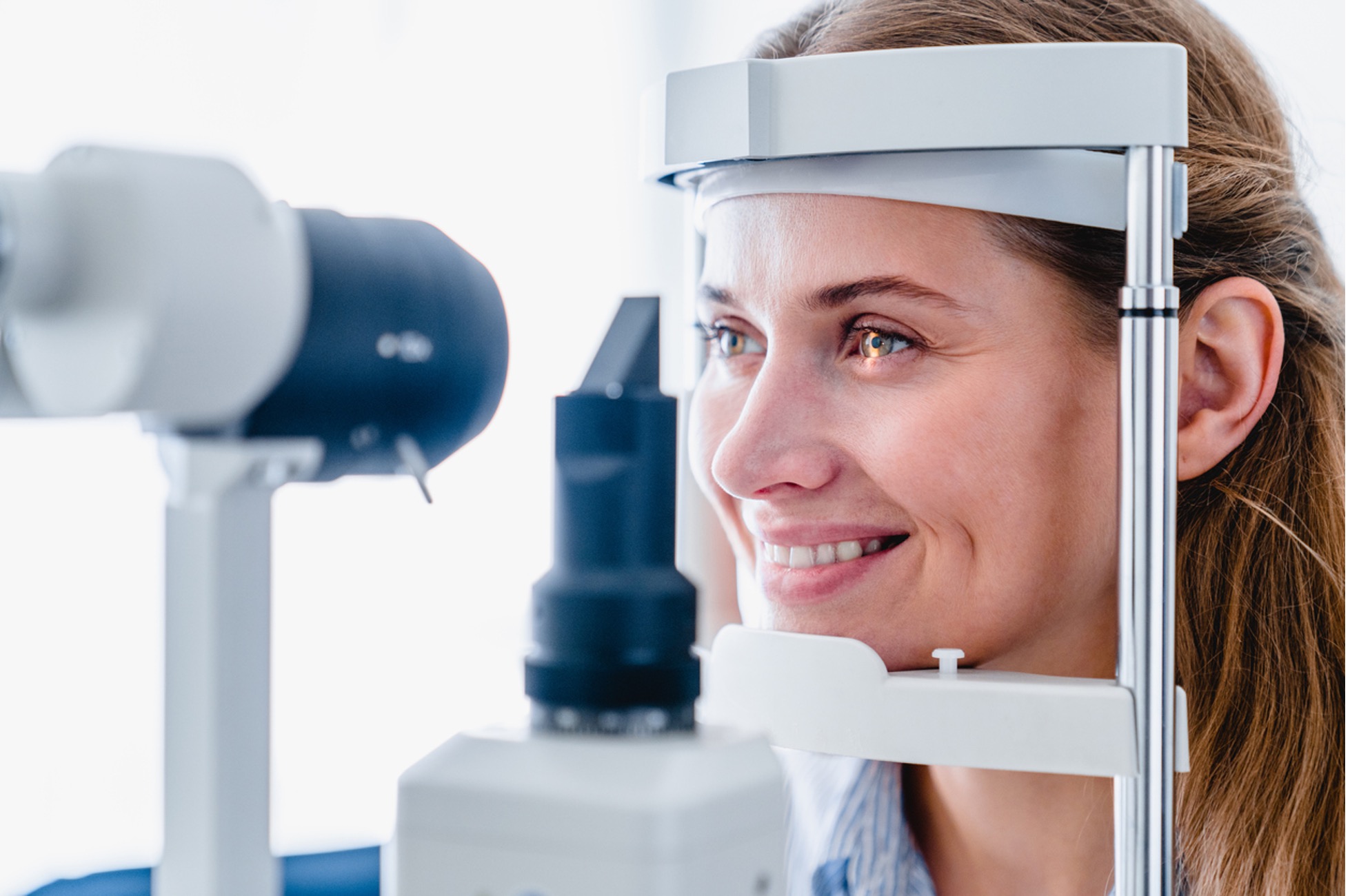Trustworthy Eyecare Near Me - High Quality Vision Solutions
Wiki Article
Exploring the Cutting-Edge Technologies Made Use Of for Vision Correction
In the ever-evolving landscape of vision modification innovations, a world where technology and accuracy merge, a myriad of sophisticated improvements have improved the possibilities for boosting visual acuity. From the detailed world of innovative laser treatments to the world of artificial knowledge applications and genetics therapy developments, the area continues to push borders and redefine what was when assumed to be unattainable. With each advancement comes the potential to revolutionize how we regard and deal with vision-related difficulties, supplying an alluring glimpse right into a future where quality and precision preponderate.Advanced Laser Procedures

One more innovative laser procedure obtaining appeal is PRK (Photorefractive Keratectomy) Both LASIK and PRK have high success prices in improving vision and are thought about secure and trusted techniques for vision improvement.

Implantable Instruments Innovation
Innovations in implantable tools are reshaping the landscape of vision correction, offering new opportunities for individuals seeking long-term solutions to refractive errors. These sophisticated tools, such as phakic intraocular lenses (IOLs) and implantable collamer lenses (ICLs), are designed to correct a vast range of refractive mistakes, including nearsightedness, hyperopia, and astigmatism. Unlike traditional glasses or contact lenses, implantable tools provide a more irreversible remedy by being positioned inside the eye to fix vision.
Wavefront Technology Enhancements
The advancement of wavefront innovation in vision modification has changed the precision and customization of refractive procedures. By making use of advanced wavefront sensors, this innovation allows for a comprehensive analysis of the eye's unique aberrations, enabling ophthalmologists to customize treatments with extraordinary accuracy. Wavefront-guided LASIK, as an example, surpasses standard techniques by resolving not just common refractive mistakes like nearsightedness, farsightedness, and astigmatism but additionally higher-order aberrations that can impact aesthetic quality.One key improvement in wavefront modern technology is the growth of individualized treatment plans based upon individual eye measurements. This level of modification makes sure that each procedure is customized to attend to the particular flaws of the individual's eye, bring about improved aesthetic results and client satisfaction. In addition, continuous innovations in wavefront innovation have brought about improved analysis capacities, enabling for much more precise pre-operative examinations and post-operative assessments to check the effectiveness of the procedure. Overall, these enhancements in wavefront technology have actually substantially contributed to the improvement and efficiency of vision improvement procedures, offering clients a greater level of aesthetic skill and top quality post-treatment.
Expert System Applications
With the development of wavefront innovation in vision improvement leading the way for customized treatments, the assimilation of artificial knowledge applications is currently positioned to more augment accuracy and effectiveness in refractive procedures. Man-made knowledge (AI) brings a new level of class to the field by evaluating large quantities of data to improve decision-making procedures throughout vision improvement surgical procedures. AI formulas can assist ophthalmologists in pre-operative preparation by predicting the ideal therapy parameters based on individual person information, such as corneal thickness, refractive mistake, and various go other relevant elements. During the surgical procedure, AI can dynamically change treatment criteria in real-time, taking full advantage of the accuracy of the adjustment. Furthermore, post-operative tracking and change can also profit from AI applications, making sure much better results and check that lowered threats of issues. By leveraging AI in vision modification procedures, eye doctors can offer individuals individualized therapies that are not just more accurate however also customized to their special visual needs, eventually leading to enhanced client fulfillment and aesthetic end results.Gene Treatment Breakthroughs
Recent innovations in genetics treatment have introduced a new era of precision medication, transforming the landscape of medical treatments. In the world of vision adjustment, gene therapy breakthroughs offer appealing solutions for different genetic eye disorders. By targeting specific genes liable for conditions like retinitis pigmentosa, Leber genetic amaurosis, and other hereditary retinal diseases, genetics treatment intends to deal with the source of these problems at a molecular degree.One significant development in genetics therapy for vision modification is Luxturna, authorized by the FDA in 2017. Luxturna is an introducing gene therapy treatment for people with acquired retinal diseases brought on by anomalies in the RPE65 genetics. With the distribution of a functional duplicate of the RPE65 genetics into retinal cells, Luxturna has actually shown considerable improvements in vision for patients with these hereditary problems.
As research in genetics therapy proceeds to advancement, the capacity for tailored therapies for a variety of hereditary eye disorders grows greatly, providing expect boosted vision results and quality of life for affected people.
Final Thought
Finally, go to this website the visual field modification is constantly advancing with making use of innovative innovations such as innovative laser procedures, implantable tools, wavefront modern technology, expert system, and gene treatment. retina service near me. These technologies have actually changed the way vision issues are addressed, offering even more precise and efficient options for individuals. As technology continues to advancement, we can expect even extra innovations in the future that will additionally boost the top quality of vision improvement treatmentsReport this wiki page